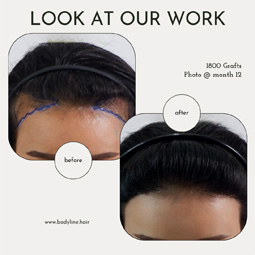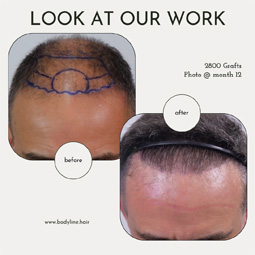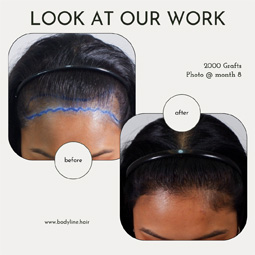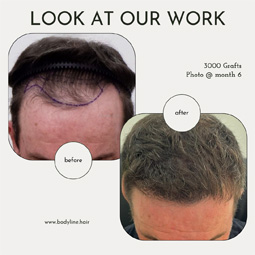If you’re reading this, it’s likely that you are experiencing hair loss and perhaps contemplating a hair transplant. You may feel like it, but don’t worry, you are not alone. Hair loss is a naturally occurring phenomenon for all males.
The statistics on are self apparent that this is a common problem as by age 35, 2 out of every 3 men will have some degree of hair loss and 1 in 4 women will have similar
Society has conditioned us to think hair loss, often referred to as male/female pattern baldness, is something that effects only the older, but as the statistics mentioned show, losing hair in our 20’s and 30’s is more likely than not. So what can you do about it?
What can I do when I’m losing my hair?
As I’m sure you know there are lots of gimmicks and magic cures, sprays, gels, paints, herbal treatments, shampoos, scrubs and more. Most of them are just scams. But some when combined with a more permanent solution do have some merit (particularly some herbal and medicinal scalp treatments).
However, when push comes to shove there really is only one way to permanently stop hair loss in its tracks and to regrow your own hair naturally and consistently. This method of course is a Hair Transplant.
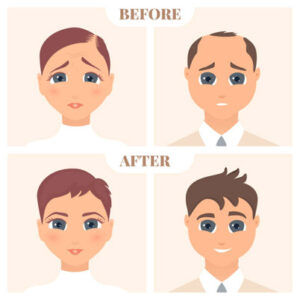
About Hair Transplant Procedures
Hair Transplant Surgery sometimes referred to as the gentler Hair Restoration Surgery or Hair Rejuvenation Surgery is the process by which donor hair from the back and sides of your head are extracted and surgically embedded into the areas of your scalp where you have suffered hair loss.
However horrifying the phrase Hair Transplant Surgery is, the procedure itself is in most cases much less intimidating. Almost all Hair Transplant procedures are undertaken with local anesthetic and under outpatient status. You come in the morning and barring any unforeseen issues head back home at night. There is usually very little residual pain in the days following and as long as you have used a reputable surgeon who is both qualified and experienced in Hair Transplant or Restoration procedures there are no side effects. Your scalp will be sensitive for a while and there is a small risk of infection. A reputable clinic will mitigate this by requiring you to come back for a few days following your procedure to disinfect/wash your scalp.
What Type Of Hair Transplant Is Right For Me?
If you’ve read this far obviously you are keen to learn all you can about Hair Transplant or Hair Restoration Surgery. Next in the series we will discuss the 2 methods. FUT Hair Transplant (Follicular Unit Transplantation) and FUE Hair Transplant (Follicular Unit Extraction).
One of the most common questions is how many grafts can someone have? As I’m sure you can understand everyone’s scalp and hair situation is different. So the answer to this is judged by two things: Firstly what type of Hair Transplant you receive and secondly the suitability of the donor area.
For anyone wanting that maximum number of grafts than a FUT Hair Transplant is the way to go. With a FUT Hair Transplant (sometimes called the strip method) the surgeon is able to extract all the hairs from within the donor area. With an FUE Hair Transplant the surgeon is only able to extract about 20% of the suitable donor hair which of course limits the number of grafts that can be received at 1 time.
To receive answers to more common questions be sure to check the FAQ’s section displayed at the end of this series.



